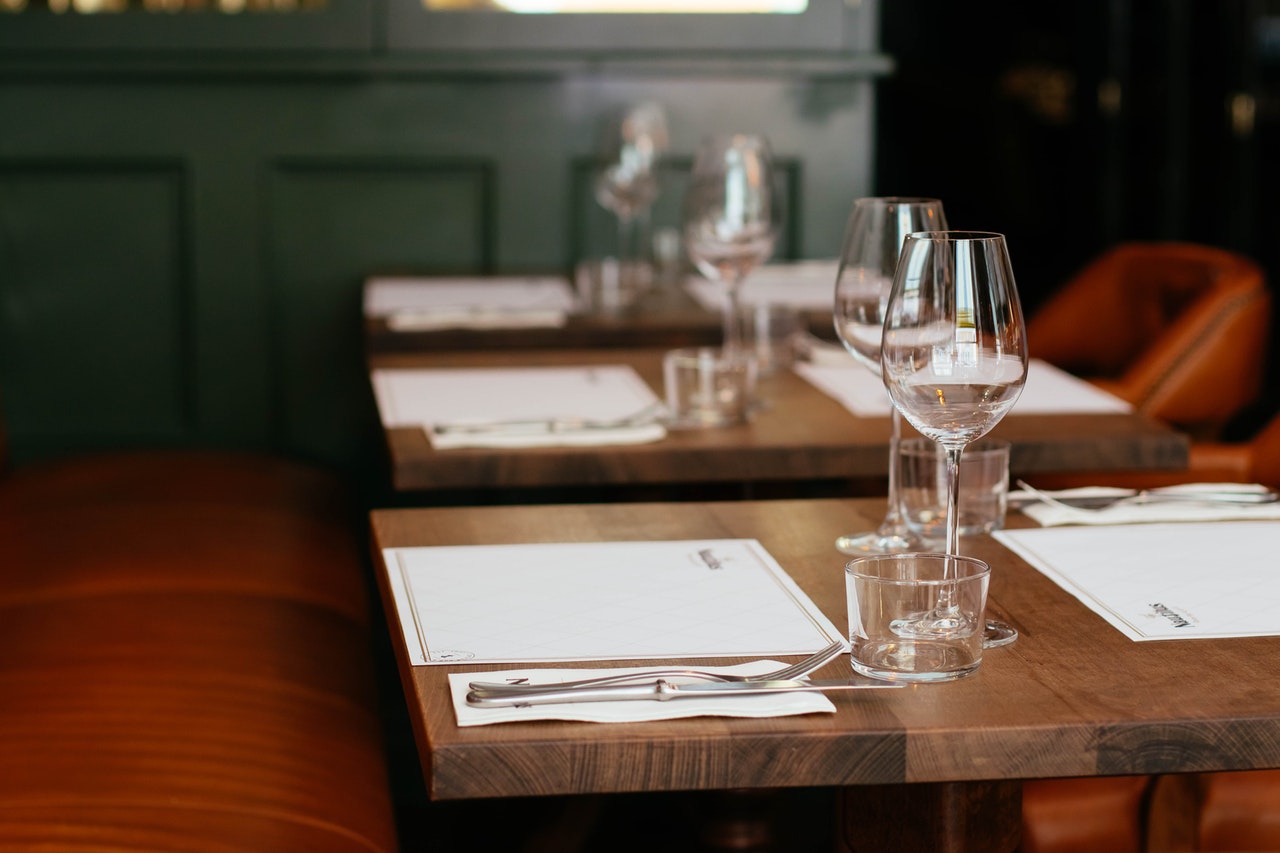Many people dream of opening and operating their own restaurant. Still, for many entrepreneurs, that dream was put on hold when the pandemic forced restaurants to stop indoor service or close their doors permanently.
The restaurant industry is still feeling the effects of Covid-19, with many owners across America struggling to get their businesses back on track. Many new restaurant owners have taken the challenges in their stride and found diversified revenue streams to combat the problems many owners face today.
Starting a new restaurant is a more manageable task than many people realize, especially when broken down into smaller steps with careful planning. If you are ready to begin your dream journey of opening and operating your own restaurant, our guide can help you navigate the process.
1. Concept and Brand
If you’ve always dreamt of opening your own restaurant, you probably already have many great ideas about your restaurant concept. Concept planning is the fun part of developing your restaurant business plan, and it is a good time to let your imagination run wild.
The concept is where you decide what type of restaurant you want to open, what the service style will be, and what kind of cuisine you will serve to the customers. Once you have an idea of the concept, you need to make sure that you style the interior of your restaurant to be in line with the concept you have designed.
When it comes to your restaurant’s brand, you need to remember to keep the idea specific and simple to avoid confusing your future customers. A successful brand will give your guests a memorable ambiance and set your restaurant apart from the other eateries in the area.
A brand should express the personality and identity of your restaurant, and is how you communicate your values and mission to the public; this brings your concept and the overall ambiance of your restaurant, which are key to giving your customers the best experience. The name of your restaurant, logo, merchandise, and menu design should all present a clear image of your brand.
2. The Menu For Your Own Restaurant
 Building the menu for your own restaurant is another creative process that every new restaurant owner loves to spend time on. Make your decisions carefully to cater to all dietary requirements, unless you are going to be a specialty restaurant that will serve specific cuisine.
Building the menu for your own restaurant is another creative process that every new restaurant owner loves to spend time on. Make your decisions carefully to cater to all dietary requirements, unless you are going to be a specialty restaurant that will serve specific cuisine.
The menu you create will dictate the type of patrons you will attract, what skills you will need staff to possess, and what equipment you will have to buy. For example, if you are going to be serving freshly made pastries on your dessert menu, you will need a pastry chef and the equipment to match.
When creating your menu, you should also consider the local demographic; if you chose to lease a building for your restaurant that is located in a college town, you should tailor your menu to suit more college-aged customers. If your dream menu is not suitable for college students on a budget, then choosing a location where your menu will have a better reception is essential.
3. Business Plan
Like any new business, starting a restaurant requires a well-thought-out business plan. Many new restaurant owners struggle with this step if they are unfamiliar with business plans and how they should be written.
Your business plan should be divided into sections that cover all aspects of your new restaurant; this includes everything from your concept to financials.
4. Permits and Licenses
When you start a new restaurant, it is vital that you obtain the relevant local, state, and federal permits and licenses. Some states, like California and several others, will require all employees to obtain a food handler card from an approved training provider.
Don’t worry if you are not sure where to begin; this step is best done with the help of legal counsel to ensure that you have everything you need when filing for licenses and permits.
5. Equipment
 Before you can open it, you need to get the equipment for your own restaurant. Many restaurants have similar requirements for their equipment, such as refrigeration units and cooking equipment.
Before you can open it, you need to get the equipment for your own restaurant. Many restaurants have similar requirements for their equipment, such as refrigeration units and cooking equipment.
Still, depending on your menu, you may need more specialized tools for your kitchen, like pasta cookers or pizza deck ovens. One of the most important pieces of equipment your restaurant will need is card readers to process credit cards. Most of your customers will want to pay by card rather than cash, and it is essential to choose the right provider for your credit card processing needs.
Many companies charge you for each transaction, and it is crucial to find a company that has eliminated credit card processing fees to make the most out of your business transactions, such as Nadapayments.
6. Layout
When it comes to the layout of your own restaurant, there are two components that you need to keep in mind when designing the space; front of house and back of the house. Each area will have its own requirements to operate smoothly at all times.
If you are unsure of how to begin with the designs of your own restaurant and need assistance, there are plenty of industry experts available that can create custom design layouts to meet the needs of your restaurant.

The Ideas Plus Business Editorial team is responsible for this post. For collaborations and partnership requests, kindly send an email to the Editorial Team at ideasplusbusiness[at]gmail[dot]com for the terms and conditions. You can also follow IdeasPlusBusiness.com on Twitter here and like our page on Facebook here.


